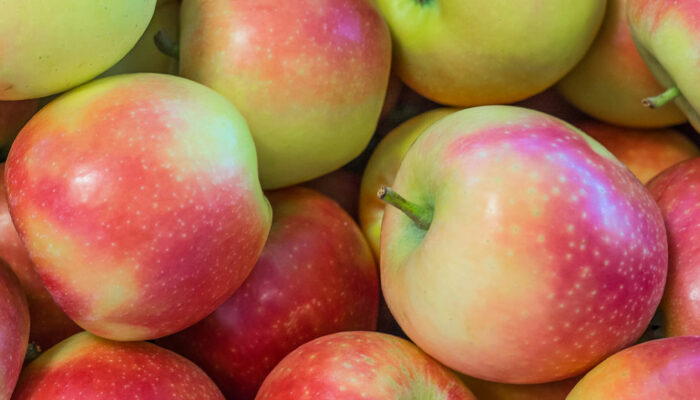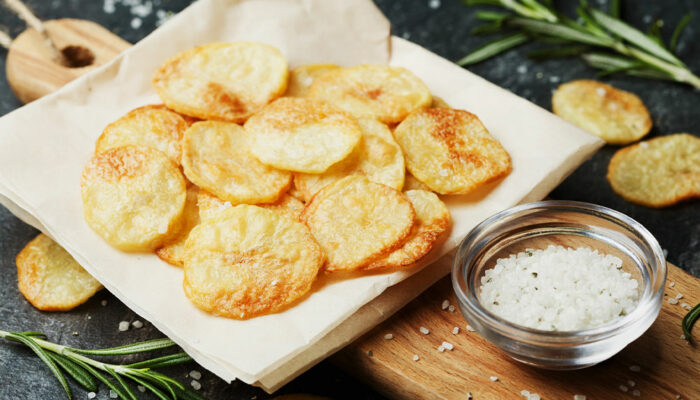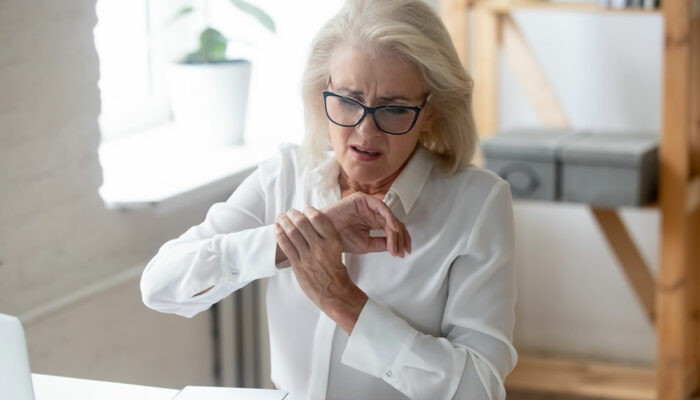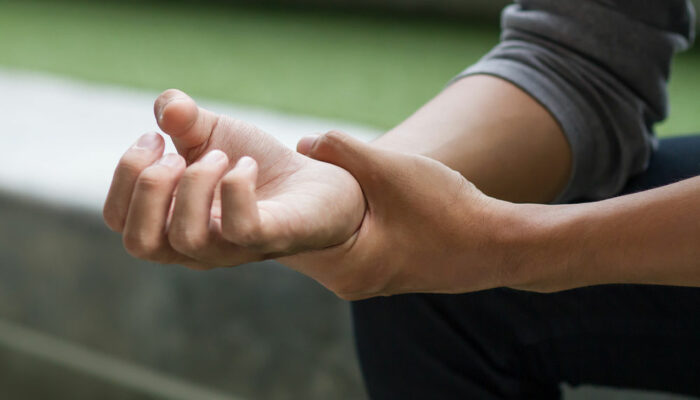Ways to manage joint pain in different weather conditions
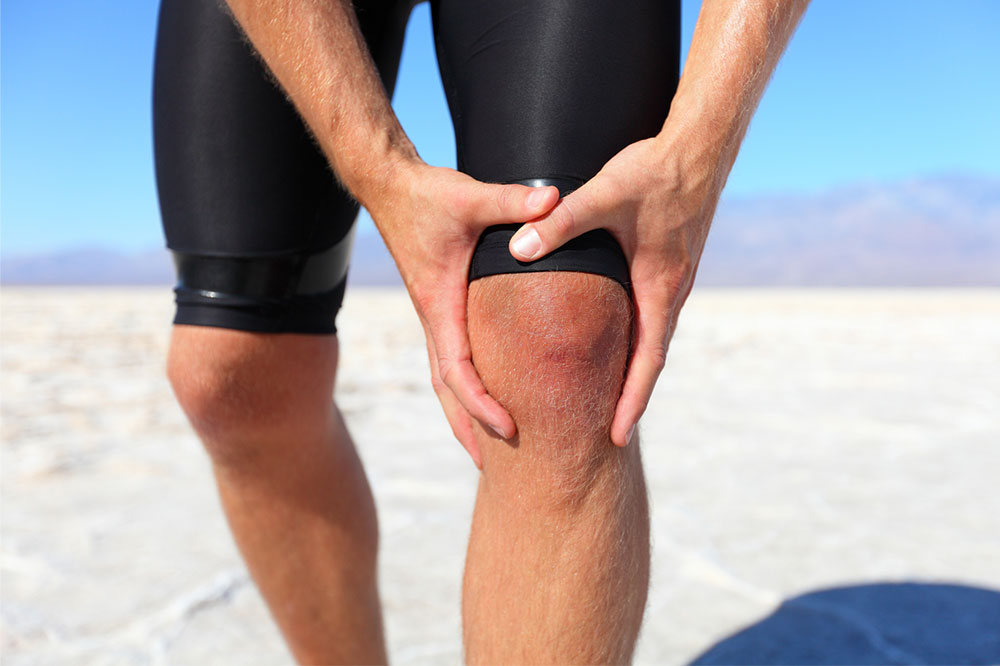
Joint pain is one of the most common and persistent symptoms of arthritis. While some can manage the discomfort with mild prescriptions, others may have to rely on physiotherapy and lifestyle changes to improve their outlook in the long run. There are many known triggers of joint pain, but surprisingly, changes in weather can also trigger these discomforts. Experiencing bad joint problems triggered during climatic changes can be dealt with in the following ways.
Joint pain during winters
The cold season can be tough on joints, especially when a person is already experiencing pain triggered by arthritis. Studies indicate that a drop in temperature lowers barometric pressure (the atmospheric pressure), forcing muscle, tendons, and tissues to expand. Overexpansion puts severe pressure on the joints and the tissue cushioning two bones. To reduce bad joint pains during winters, one can wear more layers and cover-ups to protect from extreme temperature drops. Movement helps keep the muscles strong and prevents the risk of spasms. One can also apply heating pads to areas where the pain has just started to develop when the temperature drops.
Joint pain during summers
As if summer heat waves weren’t enough of a nuisance, many people also experience joint problems with the increase in temperature. Here again, the change in air pressure puts extra pressure on the joints and tissues, inducing bad joint pain. It is not possible to layer up during the hotter months. But one can stay in the shade during the peak hours and wear natural, breathable fabrics that promote better air circulation. One must also drink plenty of water as dehydration can increase the risk of gout flare-ups. The body loses water due to excessive sweating, so it is necessary to replenish the supply.
Joint problems during monsoons
Some people may also experience joint pain when it rains. There is no concrete reason that explains this unnatural trigger. However, as the temperature drops, combined with an increase in humidity and precipitation, it can result in swelling of tendons, muscles, and scar tissue. The fluids surrounding muscle and tissue might also thicken and lose viscosity forcing the joints to become stiff. Keeping warm in a tropical climate with high precipitation can help overcome these problems. Taking warm showers, using an electric blanket at night, and generally staying active will keep the muscles engaged.
